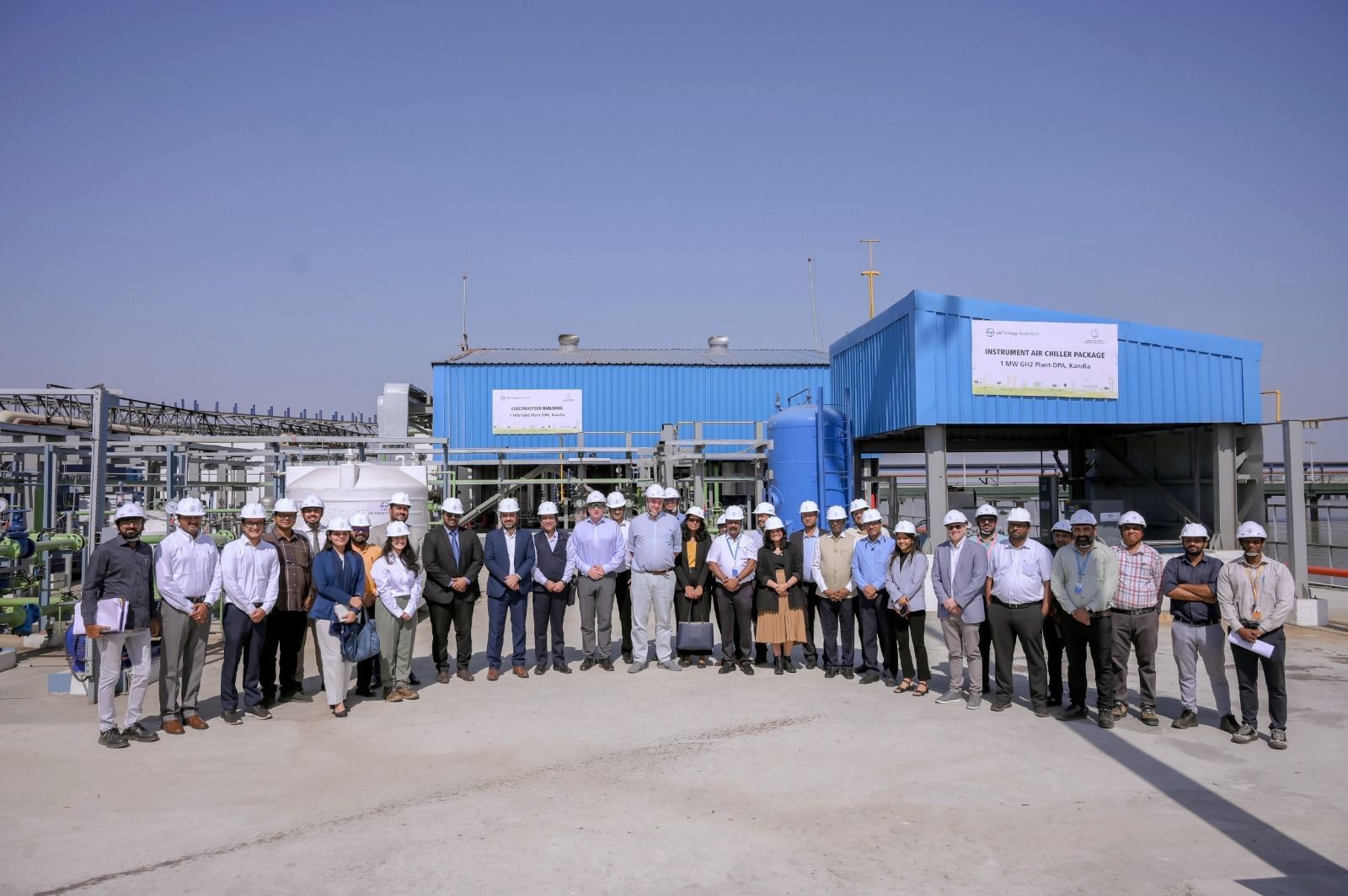Ship Recycling: An Unlikely Hero in the Global Energy Transition
As the world races to meet ambitious climate targets and adopts renewable energy on a massive scale, the demand for sustainable energy infrastructure—such as wind farms, solar panels, and electric grids—has surged. Central to this transformation is an increased reliance on metals like steel, copper, and aluminium, which are critical to constructing these projects. However, meeting this demand through traditional mining and smelting processes is no longer viable. These activities contribute significantly to the emissions that the global energy transition seeks to eliminate. Instead, the ship recycling industry, often stigmatized for its environmental and safety issues, could be poised to play a pivotal role in supplying materials for a sustainable future.

A New Role for Ship Recycling in the Circular Economy
Each year, between 600 and 1,000 vessels are decommissioned and dismantled globally. In 2020 alone, 630 commercial ships and offshore units were scrapped, nearly 90% of the gross tonnage dismantled in South Asia. When a ship is recycled, up to 95% of its components—steel, copper, aluminium, and other materials—can be reclaimed. These metals can then be repurposed for renewable energy projects, allowing materials from one life cycle to be given another in a way that directly supports the green energy transition.
Steel, in particular, is a core component of renewable energy infrastructure. According to the International Energy Agency (IEA), global renewable power capacity is set to nearly double between 2024 and 2030. This boom in renewable energy translates to a soaring demand for steel. For example, each megawatt (MW) of solar power requires up to 40 tons of steel, while each MW of wind power requires between 50 tons (for onshore towers) and 200 tons (for offshore installations). By recycling steel from ships, we can sidestep the carbon-intensive processes of mining and smelting new steel, which contributes around 8% of global CO2 emissions. The ship recycling industry thus enables the reuse of valuable materials while supporting emission reductions.
India and the Growth of Scrap-Based Steel Production
India, one of the world’s leaders in shipbreaking, is already showing how recycled steel can be channelled into domestic manufacturing. Major steel companies such as JSW, Tata Steel, and ArcelorMittal Nippon have announced plans to increase their use of scrap-based steel in their production, a shift that could drastically reduce their carbon footprint. Using scrap steel requires less energy than producing new steel, making it an environmentally advantageous alternative.
India’s steel industry can potentially become a major supplier of materials for renewable energy projects, both within its borders and beyond. The use of recycled steel from dismantled ships not only mitigates environmental damage associated with traditional steelmaking but also provides a sustainable pathway to meet the demand for renewable infrastructure materials.
The Circular Economy in Action: Recycling and Renewable Energy
Ship recycling is a powerful example of the circular economy model, in which resources are recovered and reintroduced into production cycles. When vessels reach the end of their operational life, they are dismantled, and their materials are redirected to support the creation of sustainable products. This approach conserves resources, reduces waste, and lessens the environmental impact of new resource extraction.
Danish energy giant Ørsted, a leader in offshore wind energy, has recently committed to recycling and reusing all wind turbine blades in its portfolio as part of its sustainability efforts. Between 85% and 95% of a wind turbine’s components are recyclable. Ørsted’s approach embodies the principles of a circular economy, where materials from one lifecycle, such as those from recycled ships, contribute to building next-generation renewable energy assets. This commitment showcases a shift in corporate responsibility, where sustainable practices extend beyond energy generation to include material sourcing.
Evolving Standards for a Greener Ship Recycling Industry
Ship recycling has historically been associated with environmental degradation and unsafe working conditions, especially in regions with limited regulations. However, the industry is now transforming. In Europe, the Ship Recycling Regulation mandates that vessels flagged under EU countries must be dismantled in facilities that adhere to strict environmental and safety standards. This policy has led to the emergence of cleaner, safer shipbreaking facilities that minimize pollution and improve worker safety while reclaiming higher percentages of reusable materials.
These evolving standards mean that ship recycling can be aligned with the world’s sustainability goals. As these standards continue to spread, more facilities worldwide will have the opportunity to contribute recycled materials in a way that adheres to both environmental and ethical considerations.
The Role of Policy and Investment
For ship recycling to fully integrate into the green energy sector, governments and international organizations must implement supportive policies and financial incentives. Recognizing the industry’s potential to contribute to the circular economy, policymakers could introduce carbon credits or tax breaks for companies that recycle materials specifically for renewable energy projects. These incentives would not only bolster the ship recycling sector but would also make it financially viable for companies to transition to greener practices.
Investors also have a significant role to play. As global demand for sustainable materials grows, there is an opportunity for ethical investors to support companies that practice environmentally responsible ship recycling. The global metal recycling market is expected to see substantial growth, with its estimated worth of $850 billion in 2023 projected to increase at a 4% compound annual growth rate by 2030. Ethical investment in the ship recycling sector could drive expansion, creating new jobs, improving practices, and enhancing the industry’s capacity to meet demand from the renewable energy sector.
Looking to the Future: Recycling Waste into Wealth
As the energy transition accelerates, the need for sustainable raw materials will only intensify. Traditional mining and production methods cannot meet this demand without significant environmental consequences. Ship recycling offers a viable alternative, providing high-quality materials like steel, copper, and aluminium while significantly reducing emissions. By transforming waste into wealth, the industry not only alleviates pressure on natural resources but also contributes directly to the renewable energy movement.
Ship recycling, once seen as a high-risk industry with limited social and environmental benefits, is now emerging as a key player in the sustainable economy. By contributing to the circular economy and supporting green infrastructure, the ship recycling industry can power a future where renewable energy and resource conservation go hand in hand. With the right policies, investments, and evolving standards, this industry has the potential to drive significant change and provide critical resources to help the world meet its climate goals.
As an industry pioneer puts it, “The next step is to ensure that the materials we recover are used in building super infrastructures that will power a greener, healthier, and more sustainable future for all.” This vision embodies the possibilities of a circular economy that makes full use of discarded materials, allowing us to meet our climate targets and leave a cleaner planet for generations to come. The future of ship recycling is bright, and its contributions to the green energy transition could be transformative.
Author: shipping inbox
shipping and maritime related web portal








